Samsung Galaxy S30: Things That We Want To See
Harin - Sep 03, 2020
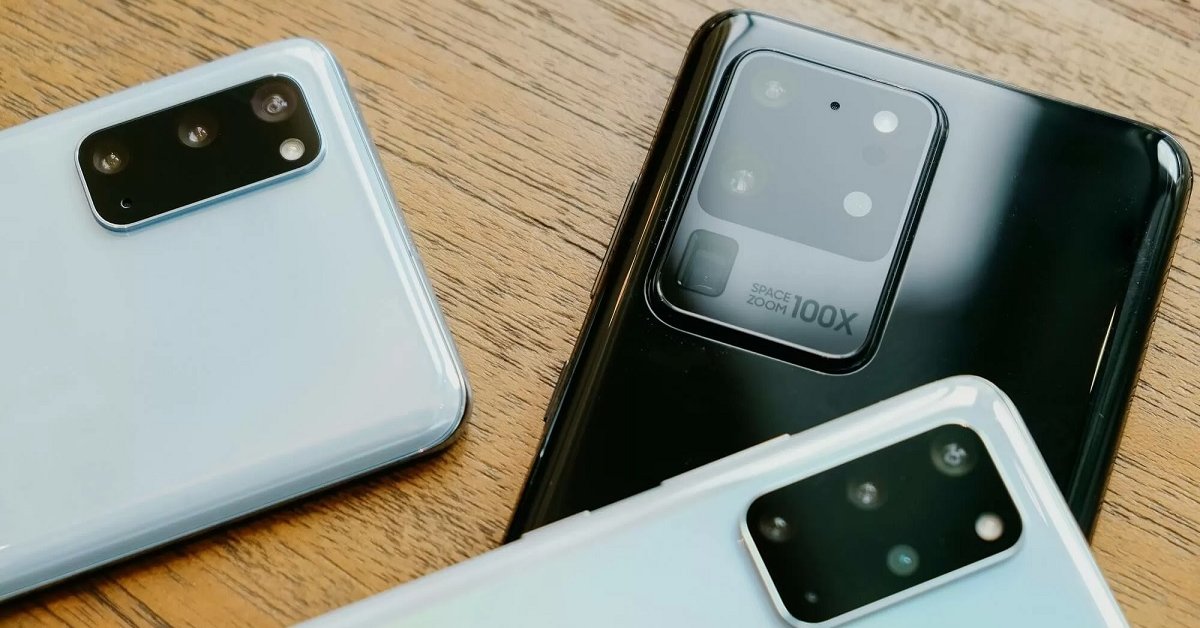
We don’t ask for a starting price under $200, 6TB of internal storage, and 14 camera lenses. Here are the things we want to see with the Samsung Galaxy S30.
- Best Gaming Phones 2025: Top Devices for Mobile Gaming
- Samsung Odyssey 2025 Gaming Monitors Launch in India with Revolutionary Features
- Samsung Galaxy Z Fold 7 Ultra: The Next Chapter of Premium Foldables
Samsung might launch its new flagship phone series, the Samsung Galaxy S30 family, at the beginning of 2021. It is a shame that the Galaxy S20 series underperformed in many aspects. It could be the cameras that weren’t meet up to the claims of Samsung or it could be the astronomically high prices. Samsung needs to change that in 2021.
Below are somethings that we would want to see with the Samsung Galaxy S30. We don’t ask for a starting price that is lower than $200, 6TB of internal storage, and 14 camera lenses. These requests are things that can absolutely be done by Samsung if it wants to. We won’t waste time with things we know that the S30 series will have like the Qualcomm Snapdragon 800-series chipset.
A Samsung Galaxy S30e
For some reason, Samsung decided not to launch a Samsung Galaxy S20e. The decision was strange since the Samsung Galaxy S10e was loved by many people back in 2019. With the ongoing trend of budget smartphones, a Galaxy S30e could easily fit right in. The Samsung Galaxy S30 launch date is going to be somewhere at the beginning of 2021.
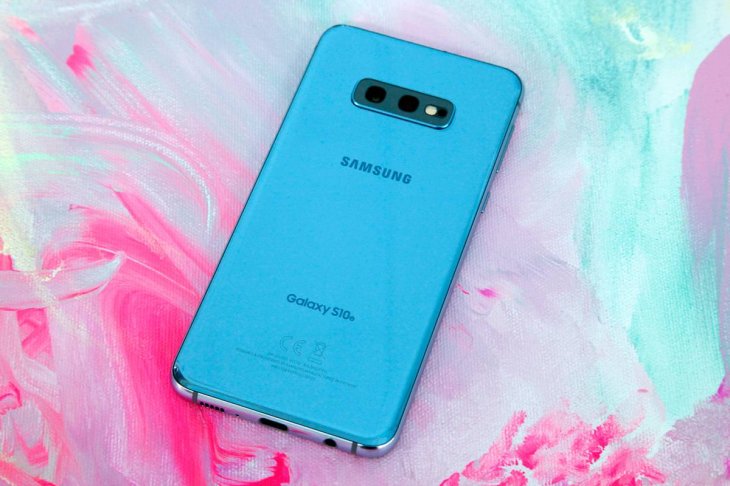
Of course, it needs to follow the example of the Galaxy S10e. What does this mean? It means the Samsung Galaxy S30e should come with multiple camera lenses, the latest Qualcomm Snapdragon 800-series chipset, a decent amount of RAM as well as internal storage, fun color options, and not forget a palatable price tag. If a product like that could be launched in 2021, it would certainly be a winner.
A less glass design
To be honest, the design of the Samsung Galaxy S20 line wasn’t bad or ugly. They were just boring. They don’t have anything that helps them stand out. They don’t even have an element that screams “Samsung.”
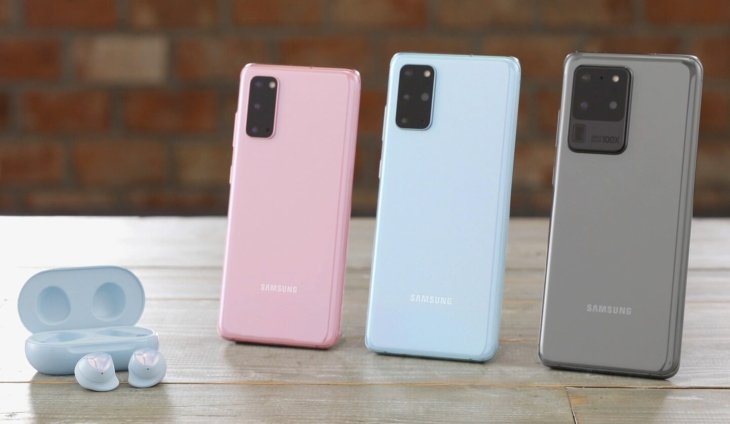
Meanwhile, competitors of Samsung come up with terrific-looking devices. For example, the design of the Oppo Find X2 Pro is really sexy or the OnePlus 9 series can be distinctly identified as OnePlus.
Samsung should move away from the “glass sandwich” design. Smartphones that have an all-glass design have an expensive production cost while having lower durability. Switching from the glass sandwich design to something else could make Samsung phones more durable, unique, and cheaper to build.
A camera bump that is not absurd
In this digital age, camera quality is one of the most important features that consumers look for in a smartphone. The Samsung Galaxy S series is at the top of the Android world so its camera specs should match its pedigree.
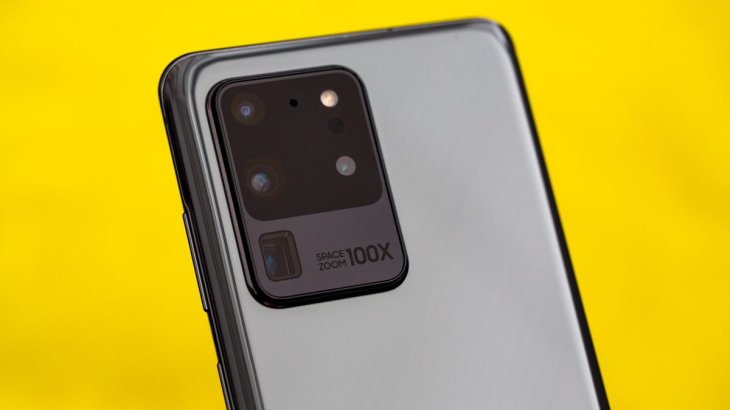
But Samsung seems to have been too focused on the camera aspect that it completely forgot about camera design. The camera bumps on both the Galaxy Note 20 Ultra and the Galaxy S20 Ultra look ridiculous. It is like Samsung didn’t even bother to make them smaller.
Besides giving the Galaxy S30 series less-obtrusive camera bumps, Samsung should come up with better-looking camera arrays. The camera modules on the Note 20 line actually look better than those on the S20 line. Still, they are not that great. If other companies can make awesome cameras without enormous, ugly modules, Samsung can do it too.
Get rid of the ultrasonic fingerprint sensor
For premium phones, the in-display fingerprint sensor has become a standard. But, almost every in-display sensor is now based on optics while Samsung still uses ultrasonics.
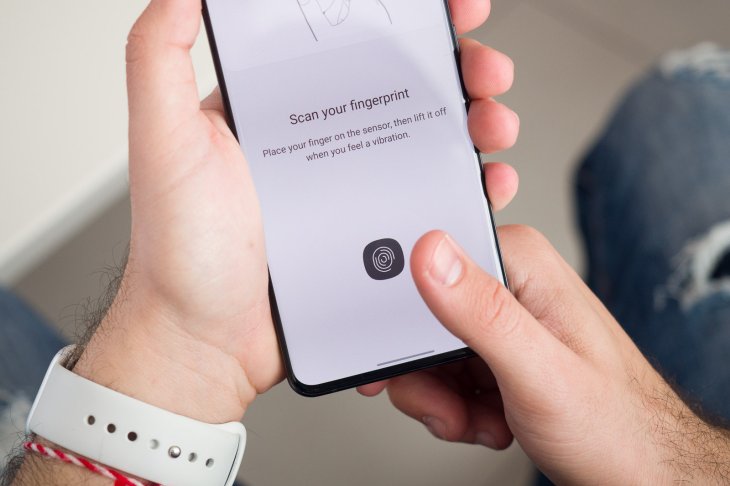
According to Samsung’s claims, ultrasonics sensors are more efficient and faster than optical sensors. But in reality, fingerprint sensors in Samsung’s rival phones surpass Samsung’s smartphones in both accuracy and speed.
Faster wired charging
Samsung, surprisingly, didn’t join the fast fast wired charging bandwagon. Although its flagships still have faster-than-usual charging, to be able to have the advertised speeds, consumers need to purchase a separate charger. If Samsung continues with this strategy in 2021, it will be lagging behind its competitors, for sure.
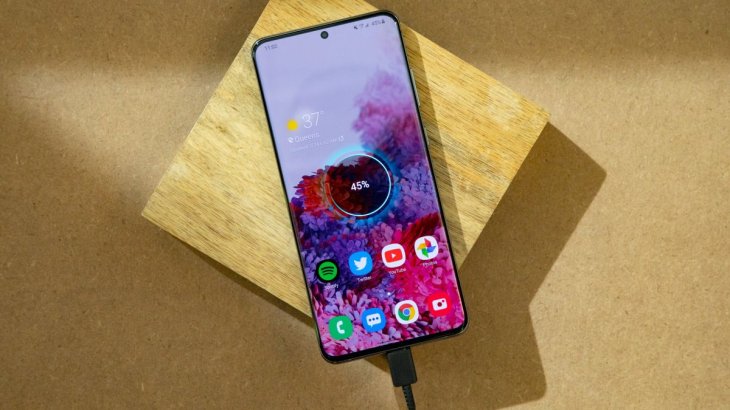
To give you some context, the $1,399 Samsung Galaxy S20 Ultra has a 25W charging rate using its in-box charger. Meanwhile, the $699 OnePlus 8 charges at 30W using its charger. The $349 Google Pixel 4a charges at 18W.
On the market, there are some smartphone makers even make phones charging at ridiculously fast rates, 65W, or even 125W. Samsung could easily provide its flagships with 45W charging speeds.
A slight drop in price
We understand that the Qualcomm Snapdragon 800-series chipsets are expensive. But there are many smartphones out there with the SD865 chipset that don’t cost $999. $999 is the starting price of a Samsung Galaxy S20.
>>> Samsung Galaxy S30 Will Have Six Cameras That Move Separately
Featured Stories

Mobile - Oct 23, 2025
How Casual Games Are Winning the Mobile Attention War

Mobile - Jul 03, 2025
OPPO Reno 14 Series Hits India: Launch Date, Cameras, and Specs
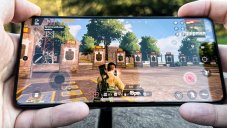
Mobile - Jun 12, 2025
Best Gaming Phones 2025: Top Devices for Mobile Gaming
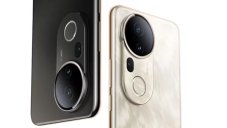
Mobile - Jun 12, 2025
Vivo T4 Ultra Debuts with MediaTek Dimensity 9300+ Chipset
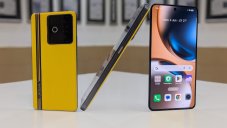
Mobile - Jun 08, 2025
Realme GT 7T Review: Power Meets Endurance in Controversial Style

Mobile - Jun 08, 2025
Motorola Edge 60 Set to Debut in India This June

Mobile - Jun 07, 2025
Realme C73 5G Launches in India: Budget 5G Phone Starts at ₹10,499

Gadgets - Jun 07, 2025
OnePlus 13s Makes Indian Debut: Compact Flagship Brings Premium Features at...

Mobile - Jun 04, 2025
Samsung Galaxy Z Fold 7 Ultra: The Next Chapter of Premium Foldables

Mobile - Jun 02, 2025
Comments
Sort by Newest | Popular